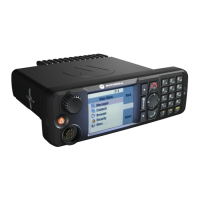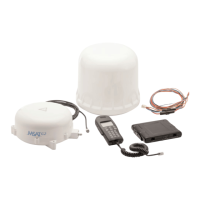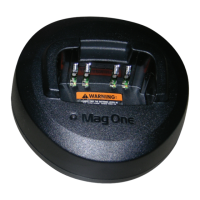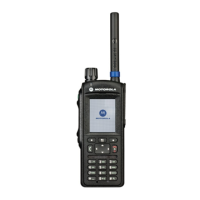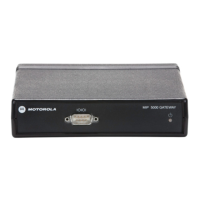3
Using This Manual
The MCS 2000 RSS Manual is designed to teach basic radio feature
programming and speed up access to technical reference information.
It is intended for both beginners and advanced RSS users. This manual
contains information on all of the following:
❒
How to complete the hardware installation
❒
How to install the RSS
❒
How the RSS operates and how the screens are organized
❒
How to navigate through the menus and screens and use special
keyboard commands
❒
What the purpose of each menu and screen is, along with detailed
descriptions of the functions and data fields relevant to each
menu/screen
❒
How to program a radio as well as how to service the radio
❒
How to organize your file directories and specify directory paths
for codeplug files
❒
How to print out radio programming information
❒
How to clone (or program identical information into) a radio
To locate the information you need, use the Table of Contents and/or
the Index. Explanations of technical terms used in this manual can be
found in the Glossary.
The availability of some menus, screens or fields in the RSS are
dependent upon the model of the radio/codeplug loaded into memory
or on the values that have been assigned to certain fields in the RSS.
Conditional statements which provide this kind of information and
other important instructions are italicized throughout this manual.
Under each menu or screen title in this manual, you will find a
sequence of F-keys (or function keys) such as . This
sequence represents the path from the MAIN MENU to that specific
menu or screen. To access the desired menu or screen, simply press
these keys one by one from the MAIN MENU. Paths from the MAIN
MENU to specific menus, screens and fields in the RSS can be found in
Appendix E.
Watch for WARNINGS, CAUTIONS and NOTES which can be found
throughout this manual, the definitions of which are provided below:
DCE
WARNING
An operational procedure, practice, or condition,
etc., which may result in injury or death if not
carefully observed.
Caution
An operational procedure, practice, or condition, etc.,
which may result in damage to the equipment if not
carefully observed.
Note: An operational procedure, practice, or condition, etc., which
is important to emphasize.
!
!
